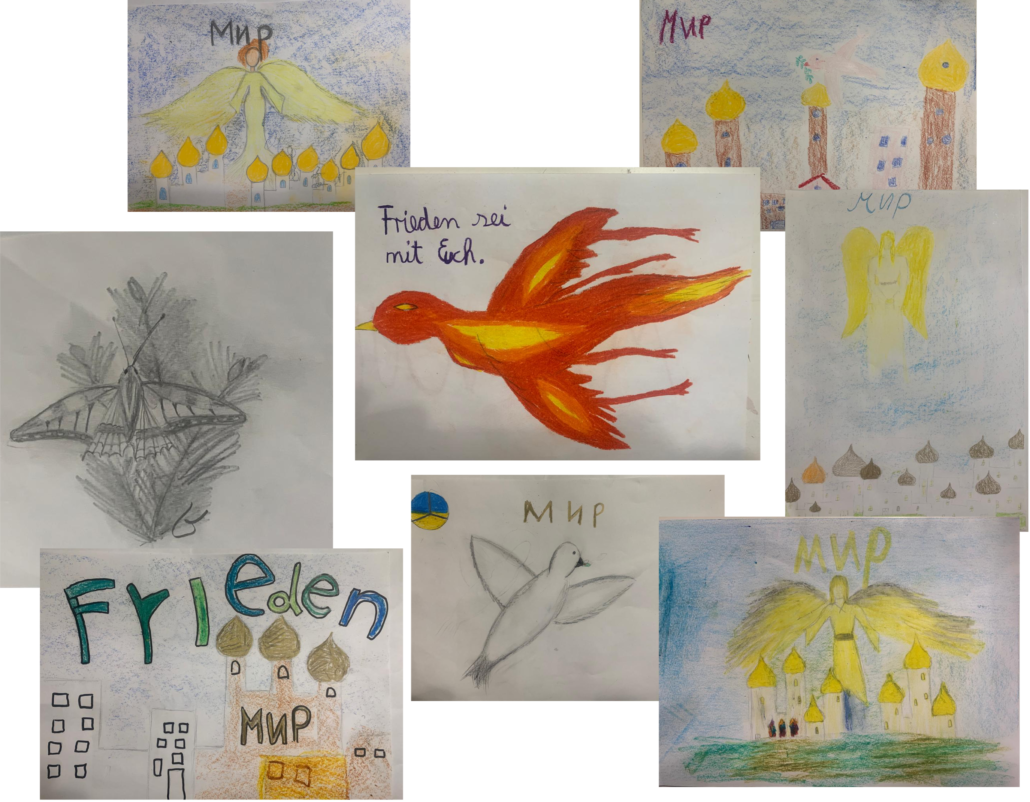The Peace of Christ
In our world peace is hard to find. Even if we live in a country with relatively uneventful circumstances, the discord of the world pushes its way into us from all sides. We only have to open the door or open the newspaper—the chaos of the world comes into us from all sides. Peace feels like a fata morgana that looms up on the horizon from time to time, and then disappears again without a trace in the desert of every day. How can you live in such a world and at the same time be at peace with the world?
And yet, the Act of Consecration of Man says of Christ: “I stand at peace with the world.” For many people of our time this sounds like an unattainable vision that every moment is dashed to pieces again by hard reality.
Christ is at peace with the world. We would actually have to say it differently, but our language fails us when we try to find the right words. In the original language of the Act of Consecration it sounds different: Friedvoll stehe Ich zur Welt. He does not have peace with the world—on the contrary, He places His peace face to face with it. If He were at peace with the world as it is, He would leave everything as it is without undertaking anything. That is our traditional, authority-oriented picture of peace, where everything comes to a standstill: Rest in Peace. But that is not even true for the deceased, for they have to ceaselessly work on their purification.
The peace of Christ is not of this world. It is wrested free from death and the underworld. He wants to share this most precious gift of the Resurrection with us, so that we may bear His peace, which passes all understanding, with us in a restless world.
–Rev. Bastiaan Baan, Summer 2022


